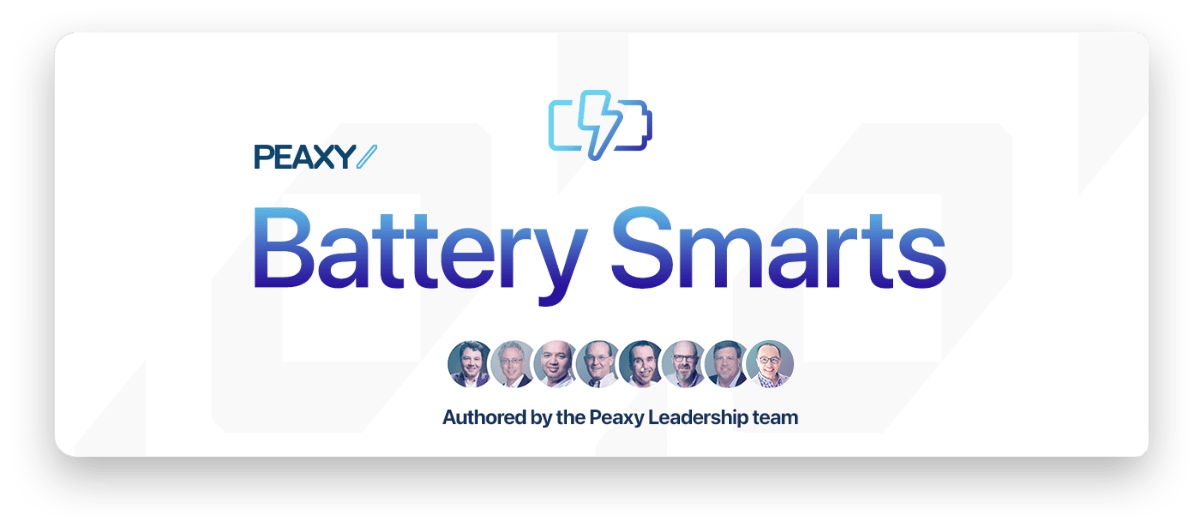There are about as many definitions of “digital twin” in the business world as there are pairs of human twins in the world. But we’re up for a challenge, let’s give it a try.
Wikipedia isn’t always a bad place to start: “Computerized companions of physical assets… use data from sensors on physical objects to represent their near real-time status, working condition or position.”
But the industries that tend to like digital twins — for aviation and aerospace, wind turbine makers and power generation – are moving beyond simple questions like, “How is my industrial equipment performing?” A twin is not just a visualization or 3D rendering of a physical piece of equipment for the sake of visualization.
They’d also like to know:
- How will my equipment perform in the future, and will it meet contracted up-time and performance guarantees?
- How does my field data compare with the data we got when this same piece of equipment was on the test cell?
- How does test cell data compare to expected models, and how do I get those findings to the design team so they can fix anomalies?
- How can I keep a single, updated dossier of a serial-numbered part that contains all relevant data connected to that part’s lifecycle?
Digital twins will help answer those questions. But like anything data-related, the quality of your output is directly correlated with the quality of input. A digital twin strategy must be well planned and have all required elements before it goes live: a robust, scalable data architecture that manages the data, analytics apps that process the data for lessons learned or anomalies, and a method of efficient transfer of analytics findings to the right stakeholders.
It’s also important to decide on the scale of your digital twin program ahead of time. Do you want to create a facility-scale twin or a system that twins every component in a sub-system? Are you more interested in design optimization for future versions of a gearbox, for example, or do you want to do model orchestration work to predict performance of an entire power plant or wind turbine farm? The possibilities for digital twin programs are both boundless and overwhelming, so the first step for the enterprise is to clearly identify the business problem the digital twin is solving before plunging into the deep end of the pool. Peaxy has a team specializing in digital twin implementation to help with execution, which typically will be done in phases.
For the last 15 years digital twins have been more of a pipe dream than reality, but the last few years have seen sensors installed in the field that produce petabytes of useful data. Those companies that get their digital twin programs moving this year are likely to be reaping benefits in the next decade.
